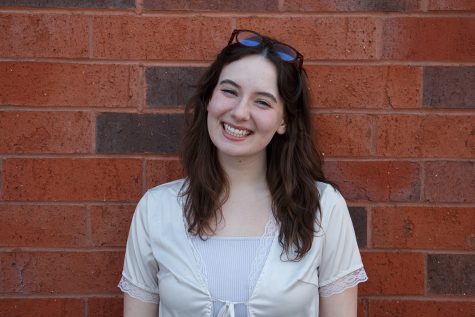Book Club
“The Color Purple” and how Alice Walker empowers queer women of color much to Karen’s dismay
Book Club!
Content Warning: This article discusses emotional abuse, physical abuse, colonialism and imperialism.
In an attempt to distract from the notion that I have spent the last three weeks writing about Sarah J Maas and flying fae men with large wingspans, I feel the need to redeem myself. Today’s topic is the one and only “The Color Purple” by Alice Walker.
A big jump, I know.
I first read this back in my junior year of High School. Surprisingly enough, it was incorporated into a curriculum that also included “The Adventures of Huckleberry Finn” by Mark Twain and also “The Grapes of Wrath” by John Steinbeck.
What a strange year that was.
“The Color Purple” was a pleasant surprise and it did not disappoint. The book follows a young black woman named Celie who lives in Georgia during the early 20th century.
From a young age, she experiences severe emotional and physical abuse from her stepfather and has difficult relationships with the men in her life as a result.
Her mistrust and apprehensions only grow as she is married off at a young age. Separated from her sister Nelly, the only true family she ever knew, there seems to be little hope for Celie.
That is until she meets Shug, a blues singer who has lived a life of extravagance and passion — something Celie has never known before. It is through this relationship that “The Color Purple” earns its spot on the Banned Books List.
Through Shug’s encouragement, Celie goes through extensive — and I dare say beautiful — development, particularly through self and sexual exploration.
That’s right. There’s both masturbation and lesbianism in this book.
Oh, the horror, cried the boys in my AP Language class.
Side Note: I find it interesting how a novel that in many ways empowers women — especially queer women of color — is also one listed as “inappropriate” for a school setting. I believe it is a conversation worthy of being had, especially in the High School years when students may begin, if they haven’t already, to question their identity.
The argument that it will make boys uncomfortable is bupkis — women shouldn’t be deprived of conversations surrounding exploration and self-worth because of something as trivial as this. If anything, boys should bear witness to these conversations as well.
But back to the story.
Despite this miraculous growth, life still isn’t all hunky-dory. Celie is living with an abusive husband in the South during the height of sexism and racism, after all.
But things turn up for the protagonist when she receives a letter from her sister after several years of not hearing from her.
Netty informs her that she is writing from Africa, where she is serving for her mission trip. From here on, the book takes an epistolary turn — meaning told through letters — where the chapters alternate between Celis’s point of view and Nelly’s through her writings.
“The Color Purple” was already great by this point, but I loved this section.
Through Netty’s eyes, readers get this vivid and explosive description of Africa. For once, the narrative is colorful and bright, full of rich culture and history before it is disrupted by the impending oppressive structures brought by white men: colonialism and imperialism.
The last third of the book follows the two sisters and their struggle to navigate these systems and the oppression they face at home; it is a slow and bloody battle.
That being said, the hope found within “The Color Purple” is unparalleled. The resilience the women have, their commitment to each other and their collective strength are something to behold.
There is a lot to learn from this book, and if the only thing holding you back is the medium it presents itself in, I have good news for you. It was made into a movie back in 1985 directed by Steven Spielberg and stars both a young Whoopi Goldberg and Oprah Winfrey. And if even that isn’t enough to draw you in, there is also a musical.
“The Color Purple” is one of my favorite banned books, and I can’t recommend it highly enough. After you check for trigger warnings, go read this book.
Schutte can be reached at [email protected]

Grace Schutte is a fourth-year creative writing and Spanish student. This is her fifth semester on staff, having previously served as a staff writer, Chief Copy Editor, a freelance writer, Currents Editor, and now as the OP/ED Editor. She is currently daydreaming about living softly. She is very content.

